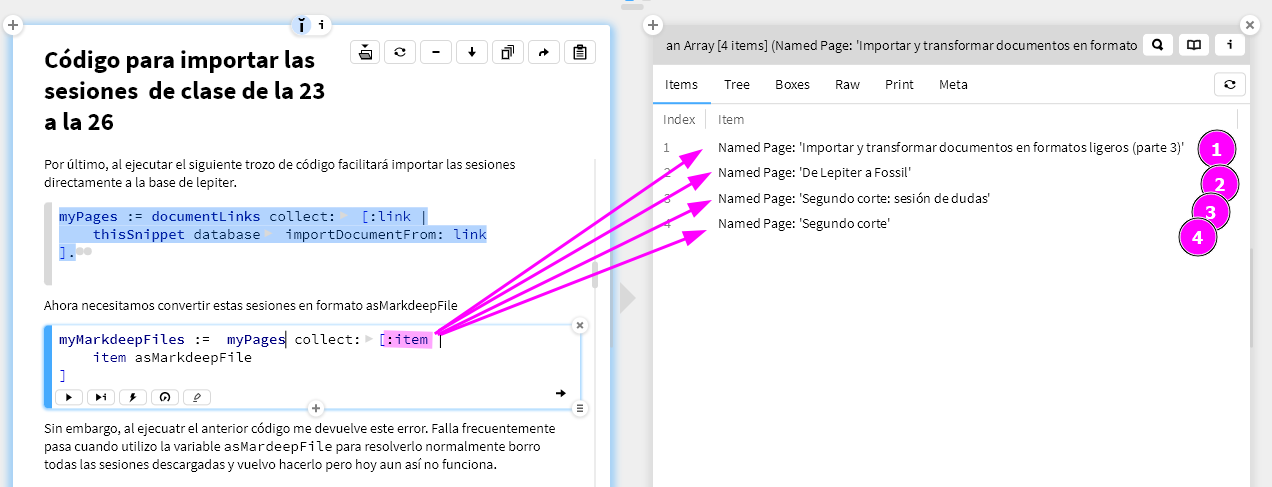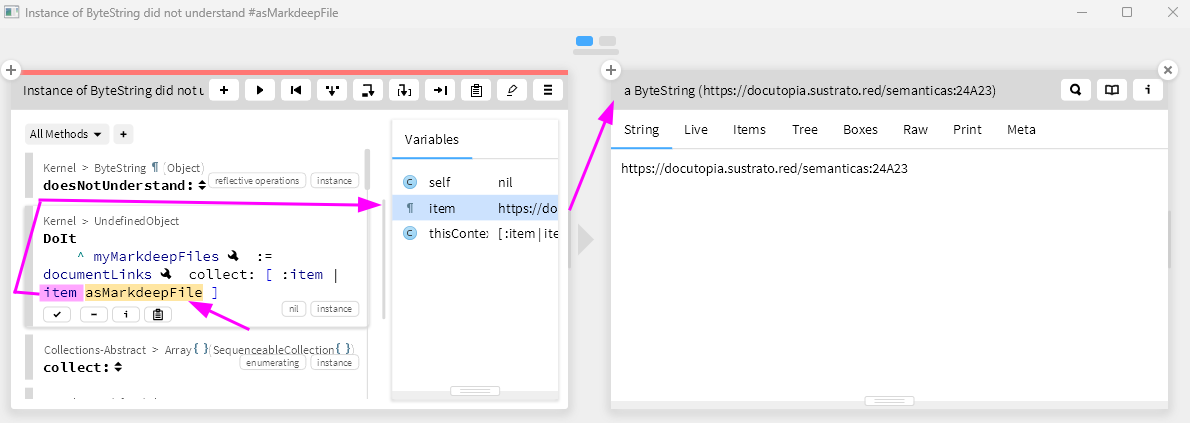Reviewer #2 (Public Review):
Summary:
The authors report the discovery of a population of gingival fibroblasts displaying the expression of cellular senescence markers P21 and P16 in human periodontitis samples and a murine ligature-induced periodontitis (LIP) model. They support this finding in the murine model through bulk RNA-sequencing and show that differentially expressed genes are significantly enriched in the SenMayo cellular senescence in an aging dataset. They then show that Ligature-Induced Periodontitis (LIP) mice treated with the senomorphic drug metformin display overall diminished bone damage, reduced histomorphic alterations, and a reduction in P21 and P16 immunostaining signal. To explore the cell types expressing cellular senescence markers in periodontitis, the authors make use of a combination of bioinformatic analyses on publicly available scRNA-seq data, immunostainings on patient samples and their LIP model; as well as in vitro culture of healthy human gingival fibroblasts treated with LPS. They found that fibroblasts are a cell population expressing P16 in periodontitis which are also enriched for SenMayo genes, suggesting they have a senescent phenotype. They then point to a subgroup of fibroblasts expressing CD81+ with the highest enrichment for a SASP geneset in periodontitis. They also show that treatment of LIP mice and human LPS-treated gingival fibroblasts with metformin leads to a reduction of P21 and P16-positive cells, as well as the senescence-associated beta-galactosidase (SA-beta-gal) marker. Finally, they show evidence suggesting that CD81+ senescent fibroblasts are the source of C3 complement protein, which they stipulate signals through the C3AR1 receptor present in neutrophils in periodontitis. The authors observed that both CD81+ fibroblast and C3AR1+ neutrophil populations are expanded in periodontitis, that both populations appear to be in close contact, and that treatment with metformin reduced both C3 and the neutrophil marker MPO in their mouse LIP model.
Strengths:
The study implements several different techniques and tools on human samples, mouse models, fibroblast cultures, and publicly available data to support their conclusions. In summary, the evidence suggests that in the context of periodontitis, there is an expansion of cells expressing senescence markers P21, and P16, as well as members of the SASP, and that this includes CD81+ fibroblasts.
Weaknesses:
The manuscript appears to use as synonyms the terms "senescent cells" and "aging cells", as well as "senescence" and "aging", or "accelerated senescence" and "accelerated aging". This choice of words makes it difficult to understand the objectives of the study and the interpretations the authors are deriving from their results. The current understanding of the role of cellular senescence is that it is only one of the multiple biological aspects that characterize physiological aging. Although deeply intertwined, aging and cellular senescence are widely considered distinct phenomena, but the difference between these concepts seems blurry to me within the manuscript.
After reading the manuscript, my understanding is that the authors are comparing the process of periodontitis to a form of accelerated aging, in which senescent cells are potential drivers or contributors. I believe this to be an interesting point of view. As the authors mention, periodontitis is more common in the elderly, and senescence is strongly implicated in aging. However, I am not entirely sure if the authors were trying to address such a question, and more importantly, the experiments conducted here cannot address the relationships between cellular senescence in periodontitis and aging as (1) they do not conduct an expanded analysis of molecular and cellular features of aging in the oral epithelium beyond cellular senescence, (2) they do not test this hypothesis in vitro and in vivo using models of accelerated or delayed aging (or publicly available datasets of such models), and (3) interpretations regarding the aging process are hindered by the fact that all human healthy patients were young adults, while all human periodontitis patients were middle-aged, while the mouse model did not include different age groups.
The authors also refer to metformin as an "anti-aging" drug. Therefore, to me, it is not clear if the authors intended to use metformin as a senotherapeutic agent to show a correlation between senescence markers and the severity of periodontitis, or if they conceived their experiments and interpreted their results as "delaying the aging process". The latter would be more difficult to determine as cellular senescence is only one of the several aspects of the aging process in tissues. As none of the other molecular and cellular hallmarks that characterize the process of aging (epigenetic alterations, telomere shortening, immunosenescence, mitochondrial dysfunction, stem cell depletion, genomic instability, loss of proteostasis, nutrient sensing disruption, etc.) were studied, I believe this might be just a matter of semantics and rephrasing.
On the other hand, and assuming the authors were only seeking to explore the role of cellular senescence in periodontitis (irrespective of the aging process), I have the following concerns:
Major concerns:
(1) A majority of the bioinformatic analyses regarding cellular senescence were conducted using only the SenMayo geneset reported by Dominik Saul et al. That geneset was developed by literature searching for genes associated with cellular senescence that had been studied in the context of human aging (in bone marrow). Thus, my understanding is that it is not an "aging" gene set as the authors describe it (and possibly interpret it) throughout the manuscript but a gene set of cellular senescence-associated genes that are overrepresented in aging tissues.
The SenMayo geneset specifically excludes important genes like P21, P16, and RELA as they were used for validating that dataset against other datasets. Additionally, most of the genes that comprise SenMayo are cytokines and growth factors. This includes part of the SASP (and the authors also show enrichment for some SASP factors using the Coppé dataset in Figure 5) but excludes many of the core important processes that are known to define cellular senescence, including cell cycle inhibition, lack of cell proliferation, accumulation of DNA damage, activation of the lysosomal compartment and disruption of the nuclear envelope, among others. As the SenMayo geneset was developed for studying senescence in the context of aging, I believe it is important to conduct a more extensive analysis with other published gene sets of cellular senescence. Examples include the cellular senescence and SASP REACTOME pathways, the KEGG cellular senescence pathway, the cellular senescence GO term, the Fridman dataset, SeneQuest, CSGene, CellAge, etc. Most importantly, it will be important to show the enrichment of pathways related to hallmark pathways underlying cellular senescence such as cell cycle inhibition, the DNA damage response and repair pathways, NF-kB signaling, MTOR, and autophagy signaling, etc. Showing the enrichment level of these pathways in the CD81+ fibroblasts in periodontitis would be of utmost importance for backing up the conclusions of this study.
(2) The most important aspect of the definition of cellular senescence is the absence of cell proliferation. Beyond the expression of the p21, p16, and SASP markers, any evidence showing that CD81+ fibroblasts are not proliferating in vivo in humans and mice, and in vitro in the case of LPS experiments, would be of great importance for defining these cells as senescent. Otherwise, conclusions should be toned down to refer to the expression of senescence markers or cells having a "senescent-like" phenotype.
(3) The use of a "relative optic density" metric instead of positive cell counts as a measure for quantifying IHC stainings might pose challenges in reproducing these results, especially for the P21 and P16 stainings which are proteins that despite being possibly also being found in the cytoplasm, should be clearly present in the nucleus of positive cells. The quantification of the levels of these markers is of great importance for the conclusions of this study but I am concerned they would be too difficult to reproduce. In my opinion, cell counts and % of positive cells should be used, with a clear description of the total number of cells counted in the methodology. Otherwise, a strong justification for using OD in the methodology is required in addition to considering the following comments:
a. There is no description in the methodology describing how this relative OD is measured and calculated. It is not clear if the data points shown in the graphs are biological replicates or OD means measured in different histological sections from the same sample.
b. The images of P16 and P21 stainings in Figures 2E and 2F do not appear to resemble the differences in OD between conditions shown in the graphs of Figures 2Gd and 2Ge.
c. The stainings shown for p16 in Figure 2E seem considerably different from those shown in Figure 1D. Additionally, the relative OD of P16 at 14D is around 0.08 in Figure 1D, while the mean for the control appears to be around 0.015 at 14D in Figure 2Gd. The use of OD as a measure is again worrying as this could be impacting interpretations: the difference between the ODs of LIP+MET (around 0.08) and LIP+ddH2O (around 0.015) is reported as significant but the difference in OD between LIP14D in Figure 1D (around 0.07) and LIP+ddH2o in Figure 2Gd (around 0.015) should not be significant as they are supposed to similar control conditions.
d. Irrespective of the measure used, the authors should state exact means and standard deviations, as well as exact P values, the statistical test used, and the number of biological replicates per group in parenthesis in the main text and figure legend.
(4) The conclusions derived from experiments with metformin in mice and cell cultures are not fully supported by the evidence.
First, metformin has multiple molecular targets, as well as multiple organ and tissue targets. The experiments presented in mice do not consider/evaluate the systemic effects of metformin nor local effects in other gingival cell types and this should be discussed.
As mentioned before, these experiments cannot be interpreted as testing metformin in the context of "anti-aging", as this study addresses cellular senescence in periodontitis. However, the results are still relevant as there is considerable evidence showing that metformin has senomorphic activity. In this regard, the authors could make use of a compound that has been more extensively characterized as a senolytic such as ABT-737, ABT-263 (Navitoclax), or the combination of Dasatinib + Quercetin, to show the effect of eliminating senescent cells in their LPS induction fibroblast model.
They could also show the effect of metformin on the activation of other hallmark senescence pathways such as (the NF-kB pathway or the DNA damage response) and in the expression of SASP factors they identified as overexpressed in CD81+ fibroblasts through their analysis against the SenMayo dataset (e.g., IL6, CXCL1, CXCL12). This could be done in their samples from metformin-treated mouse experiments and in their LPS induction fibroblast model.
(5) For the data produced on the authors' human samples, the difference in the age of patient groups is a significant confounding factor. This is because all their periodontitis patient samples came from middle-aged individuals (mean age above 50 years), while all healthy samples were obtained from young adults (mean age 25 years). The authors should justify this selection of age groups and justify why differences in the age of each experimental group could impact the validity of their results regarding the accumulation of senescent cells. Showing the level of P21 and P16 positive cell accumulation in samples from healthy patients from a similar age group (middle-aged) is of great importance to support the validity of their results in humans.


